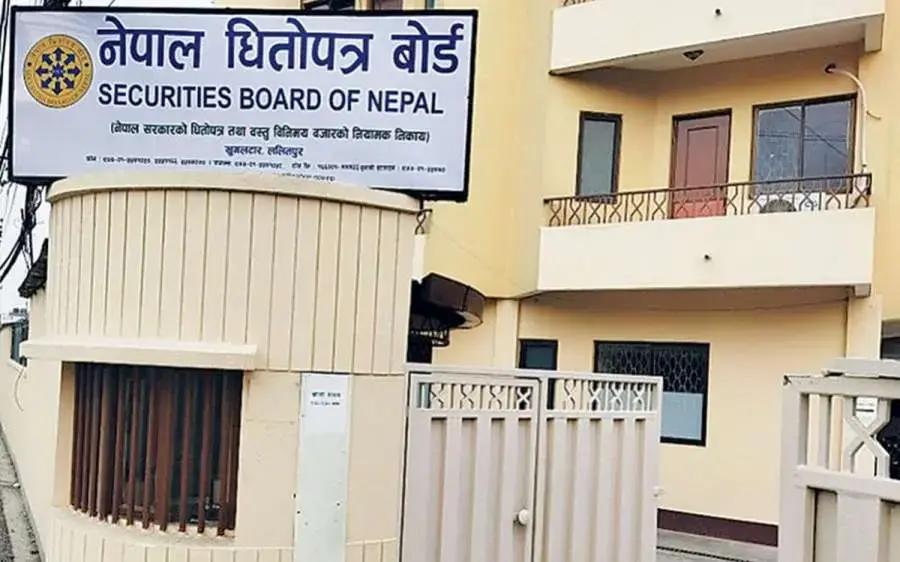By Dipesh Ghimire
Provision for Loan Loss and Non-Performing Loans Surge in Microfinance Sector

There has been a notable increase in both the total loan loss provisioning and provisioning for non-performing loans (NPLs) among microfinance institutions (MFIs), including both wholesale and retail lending MFIs, according to Nepal Rastra Bank (NRB). This was highlighted in the third-quarter off-site supervision report for FY 2081/82 published by NRB’s Microfinance Supervision Department.
Increase in Loan Loss Provisioning
As of Chaitra-end 2081, wholesale MFIs recorded a 10.54% increase in total loan loss provisioning compared to Asar-end 2081, reaching Rs. 2.19 billion. Within this, provisioning for NPLs rose by 27.99% to Rs. 1.27 billion. In the same period of the previous fiscal year, total provisioning had increased by 32.26%, and NPL provisioning had surged by 164.43%.
Similarly, retail MFIs saw their total provisioning grow by 31.28%, reaching Rs. 26.24 billion by Chaitra-end 2081. Of this, Rs. 15.71 billion was set aside for NPLs—a 17.85% increase compared to Asar-end 2081. In the previous fiscal year's same quarter, provisioning increased by 25.54% and NPL provisioning rose by 38.79%.
Changes in Collateralized and Microenterprise Lending
Retail MFIs showed a decline in collateral-based loans but an increase in microenterprise loans. The ratio of collateralized loans to total lending stood at 16.80% by Chaitra-end 2081, down from 18.99% in Asar-end.
MFI Statistics
As of Chaitra-end 2081, there are 52 licensed microfinance institutions: 3 wholesale and 49 retail. These institutions collectively serve 14.62 lakh groups, 61.62 lakh members, and 26.96 lakh borrowers.
Wholesale MFIs: Loan Contraction and Rise in NPLs
Wholesale MFIs experienced a contraction in lending by 11.49%, with total loans amounting to Rs. 47.67 billion. NPLs rose to Rs. 1.40 billion (2.93% of total loans), a 13% increase from the previous period. Active loans decreased by 12.06%, while the same had fallen by 11.30% in the corresponding period last fiscal year. Notably, NPLs had surged by 231.05% in that period.
Retail MFIs: NPLs at 7.25%
Retail MFIs reported an 8.18% increase in total loans and advances, reaching Rs. 434.87 billion. NPLs stood at Rs. 31.53 billion or 7.25% of the total, up from 6.17% in Asar-end 2081, marking a 27.04% rise. The prior year's growth rate for NPLs was 46.64%.
Sectoral Loan Distribution
Agriculture received 52.66% of total microfinance loans by Chaitra-end 2081, compared to 49.81% in Asar-end. Loans to the service sector comprised 23.19%, wholesale loans 9.88%, cottage and small industries 3.51%, and others 10.77%.
Financial Resource Mobilization
Wholesale MFIs saw a 10.34% drop in total financial resources mobilized, amounting to Rs. 41.92 billion. These MFIs are allowed to mobilize up to 30 times their core capital. However, the resource mobilization ratio was only 3.85 times their core capital.
Retail MFIs, on the other hand, increased both savings/deposits and borrowings. Total financial resource mobilization reached Rs. 386.17 billion (Rs. 188.47 billion in deposits and Rs. 197.70 billion in borrowings). This was a 7.08% increase from the previous fiscal quarter, down from 7.64% in the prior year.
The resource mobilization ratio for retail MFIs was 8.65 times their core capital by Chaitra-end 2081.
Investment Down but Profit Up
Total investments by MFIs declined by 2.56%, falling to Rs. 9.93 billion. Fixed deposits amounted to Rs. 8.05 billion—down 2.32% from Asar-end 2081. In contrast, the prior year had seen a 27.35% increase in fixed deposits.
Despite lower investment, net profit rose. Wholesale MFIs earned Rs. 3.14 billion in interest income and spent Rs. 1.41 billion on interest, resulting in net profit of Rs. 840 million—an 8.56% rise year-over-year.
Retail MFIs posted Rs. 3.41 billion in net profit, up 81.75% from Rs. 1.88 billion in Chaitra-end 2080. They earned Rs. 40.48 billion in interest and paid Rs. 21.78 billion in interest expenses. However, 8 out of the 49 retail MFIs were operating at a net loss.
Liquidity Trend Divergence
MFIs collecting deposits from the public saw a 28.23% decrease in liquid assets, totaling Rs. 5.51 billion. Only Nirdhan Utthan and Chhimek MFIs collect public deposits. Their statutory liquidity and mandatory reserve ratios were 4% and 3.25%, respectively.
In contrast, MFIs not collecting public deposits experienced an 11.85% rise in liquid assets, reaching Rs. 31.18 billion. Their mandatory reserve ratio was 0.63%.
Capital Fund Remains Satisfactory
According to NRB, overall capital adequacy among MFIs is satisfactory. As per Directive No. 1.081 under the Unified Directive 2081, MFIs must maintain a minimum Tier 1 Capital of 4% and Capital Fund of 8% based on risk-weighted assets.
As of Chaitra-end 2081, MFIs had a Tier 1 capital adequacy ratio of 10.48% and overall capital adequacy of 11.90%. Paid-up capital and risk-weighted assets increased by 6.87% and 6.84%, respectively.
However, one "Super" MFI had a capital adequacy ratio below the 8% threshold and is under Prompt Corrective Action Regulation 2074. The other 51 MFIs complied with the directive.









